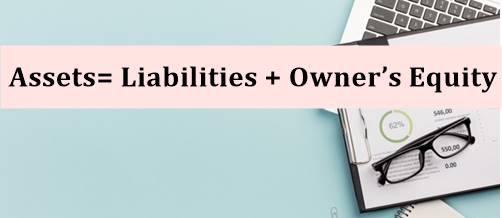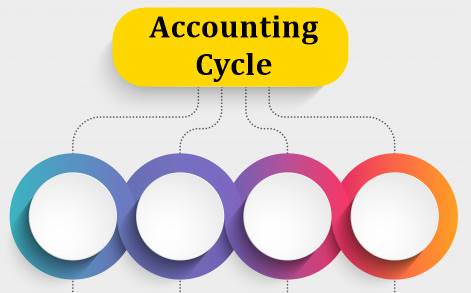
Table of Contents
Accounting Equation
What is the Accounting Equation?
The Accounting equation is regarded to be the groundwork of the double-entry accounting system. It is displayed on the Balance Sheet of the company, wherein the total assets of the company are equal to the total liabilities and shareholders’ equity of the company.

On the Basis of the double-entry system, the accounting equation makes sure that the balance sheet is balanced, and every entry that was made on the debit category must have a matching entry on the credit category.
The formula for an accounting equation is:
Assets= Liabilities + Owner’s Equity
Accounting Equation Concept
In a balance sheet, the foundation of the accounting equation can be found, such as:
- Discover the total assets of the company on a balance sheet for a specific period
- Bring out the sum of all liabilities, which would be available in a separate column on a balance sheet
- Look for a total equity of the shareholders and add that number to total liabilities
- Now, total assets will be equal to the total equity and total liabilities
Let’s consider an accounting equation example here. Suppose, for one Fiscal Year; a leading company has reported the below numbers on the balance sheet:
- Total assets: $190 billion
- Total liabilities: $130 billion
- Total shareholders' equity: $60 billion
Now, if you calculate the right side of the equation (equity + liabilities), you will get ($60 billion + 130 billion) = $190 billion, which is equal to the assets’ value that the company reported.
Talk to our investment specialist
Accounting Equation Example
Jotted down below is the balance sheet of a corporation as of September 30, 2019:
- Total assets: $486,760
- Total liabilities: $268,818
- Total equity: $217,942
Now the accounting equation is assets = liabilities + shareholders’ equity. This can be calculated as follow:
$268818 + $217942 = $486760
What do you Learn from the Equation?
A business’s financial position, irrespective of its size, is evaluated on the basis of two major components of the assets, liabilities, and the balance sheet. Shareholders’ equity is the third section on the balance sheet.
With the help of an accounting equation, the association of these components with each other can be represented. Put simply; assets delineate the essential resources that the company controls. The liabilities showcase the obligations of the company. Lastly, both shareholders’ equity and liabilities show how the company’s assets are financed.
All efforts have been made to ensure the information provided here is accurate. However, no guarantees are made regarding correctness of data. Please verify with scheme information document before making any investment.












